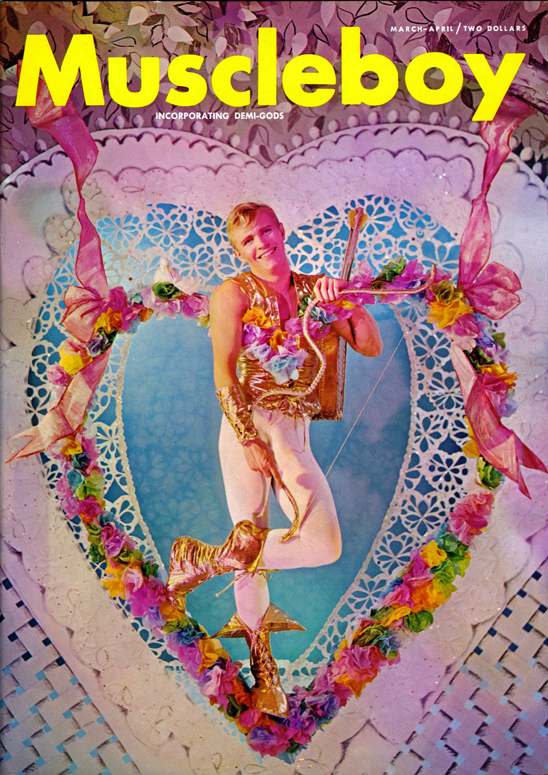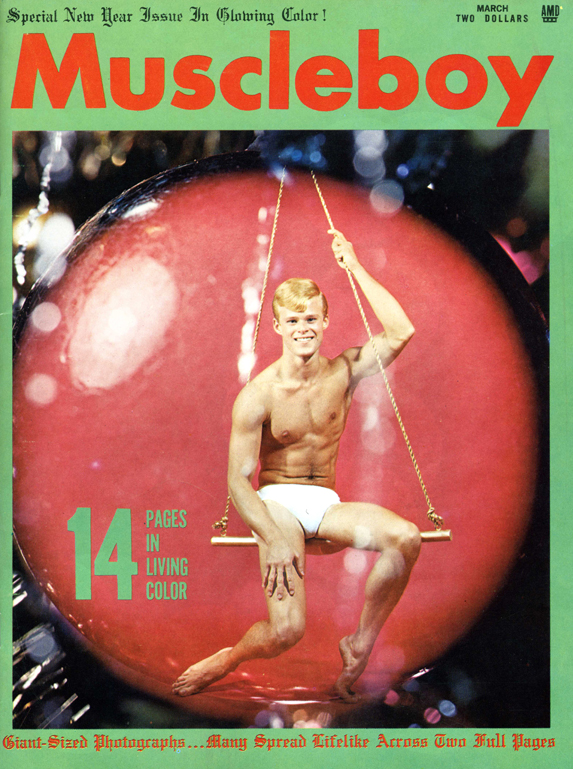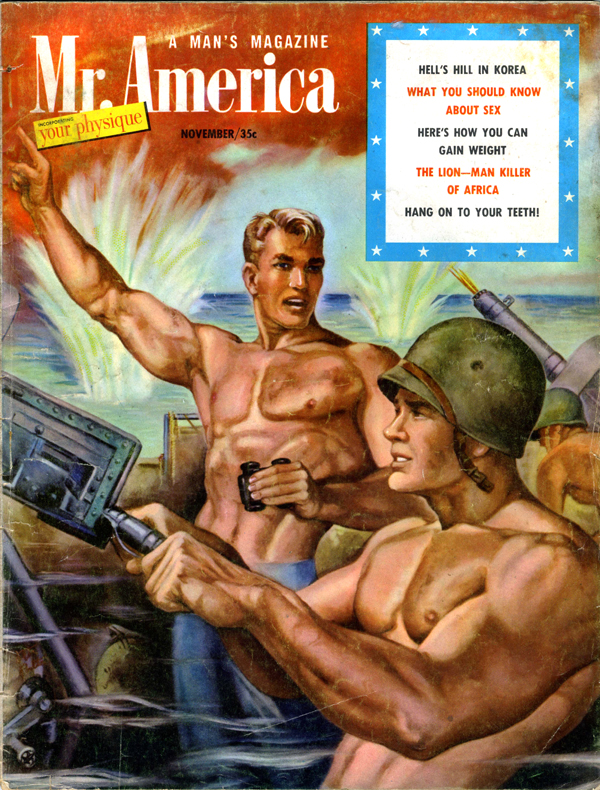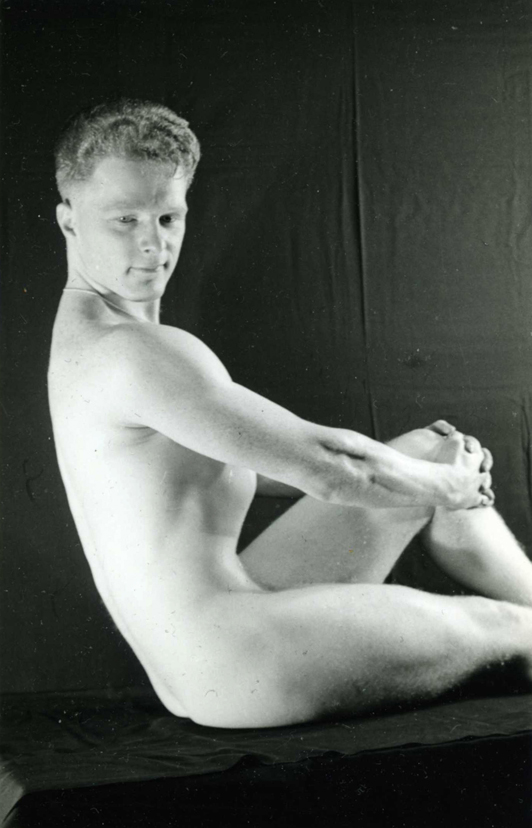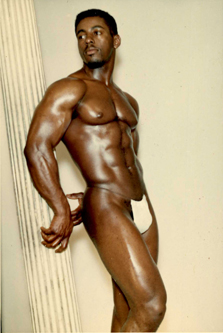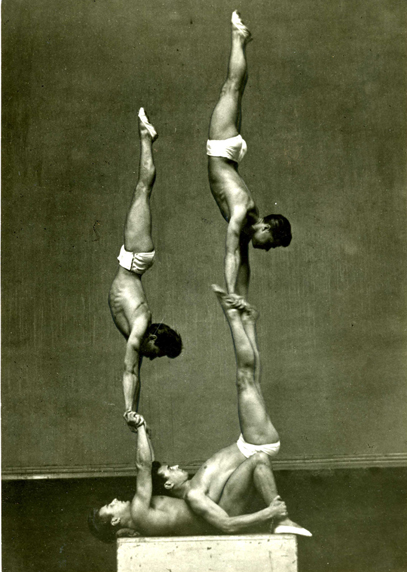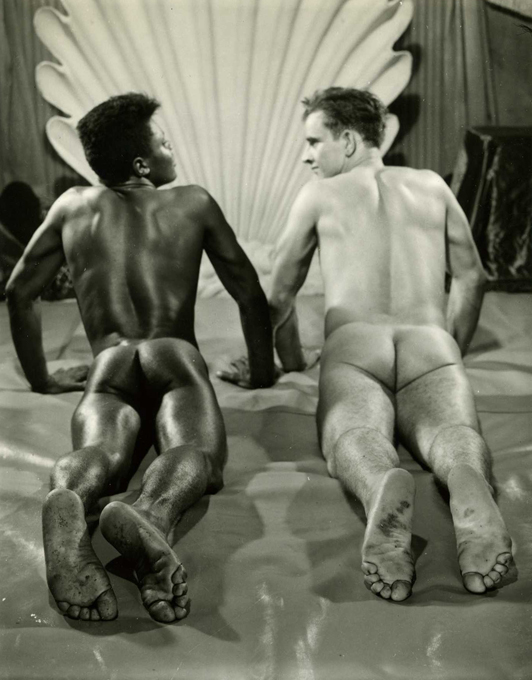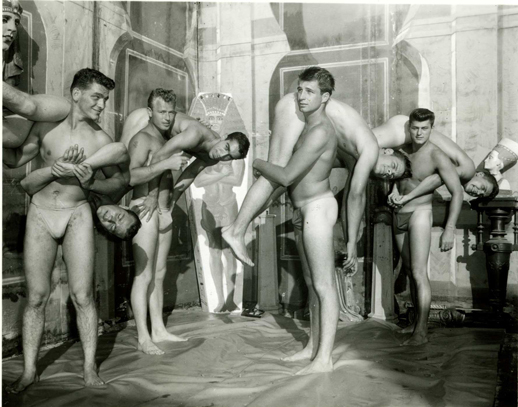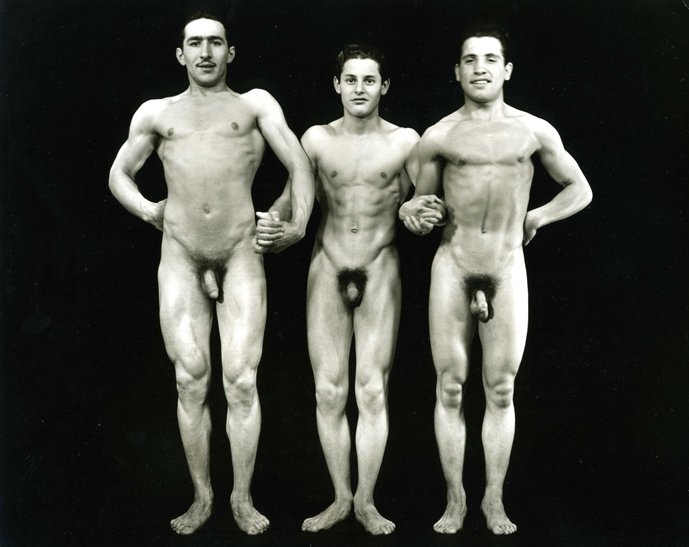1967 and all that… physique era photography exhibition
Model Men
I curated the exhibition Model Men to coincide with the 50th anniversary of the Sexual Offences Act. On 27th July 1967 the Act legalised (in England and Wales) gay sex in private .
This, rather than Stonewall (1969), began the process that would eventually lead to homosexual equality in Britain.
The exhibition was at the Menier Gallery near London Bridge and Tate Modern from 24 July -12 August 2017. Tate Britain were showing Queer British Art 1863-1967 at the same time.
Publication

The exhibition was accompanied by a fully illustrated 64 page publication detailing the history, social context, legal issues and the individual photographers and artists. Copies are available direct at £15 + p&p. email modelmen@guyburch.co.uk


- Gearge Quaintance
- James Bidgood cover
- james Bidgood cover
- Neil Edwards cover
- Peter Poulton cover
- Tony Sansone by Edwin Townsend
- body builder by Maurice Seymour
- Man's World cover
- Male Classics magazine
- Hoffman of Edinburgh
- Kellet of Lancashire
- Kovert of Hollywood
- Kris Studios
- Bruce Bellas
- Festus Francis by Baron Horder
- Lon of London wrestlers
- Spenser Churchill by Lon of London
- Lon of New York
- Schwarzenegger by George Greenwood
- John Palatinus cover
- John Graham
- John Graham
- John Graham
- Gebbé
- body builder
- Ricky Wayne by Jean Ferreo
The Exhibition focusing on photography produced during what could be called the Physique Era (1945-1970). Stylistically recognisably gay, the resulting ‘posing pouch’ images are not sexually explicit: in most – but not all – genital nudity was highly circumscribed by the authorities. Postal and other censors, and the laws against homosexuality were deployed to stop the homosexual from picturing desire both here and in America. There, probably the most well-known practitioner was Bob Mizer (as the Athletic Model Guild) who influenced gay artists such as Andy Warhol and David Hockney. British practitioners have had an equally important effect, little examined, on figures such as Tom of Finland and Keith Vaughan.
An underground of photographers, often working as or in conjunction with erotic illustrators, made photographs that used body building culture magazines or ones mimicking them, to construct a network to supply the emerging gay culture after the war. Restricted by threat of prosecution or exposure they were risking ruin in pursuit of the right to publish near harmless nudes. Many had their entire output and equipment destroyed by authorities sometimes with no actual successful prosecution. The definition of obscenity and freedom of speech were directly aimed at prosecutions around sending material through the post because it was aimed at homosexuals.
Despite this the photographers again and again pilloried, subversively nibbled away at, and turned to advantage the restrictions and used the existing imagery of masculinity to circumvent the officially circumscribed areas of depiction (and life). Some of the studios actively campaigned against homophobic discriminatory actions by the authorities. The subject rules that these photographers worked to undermine, produced a modern gay male image that was an alternative to the accepted view that homosexuals were weak, sad effeminate deviants to be feared and locked up. The classic out Stonewall gay man was invented in these images only to be superseded by queer culture in the wake of AIDS.
- Douglas of Detroit
- Pete Dobing
- Pete Dobing
- Pete Dobing catalogue
- nude by Desbonnet
- two body builder by desbonnet
- balancers by Araxh
- Swordsman by Bruce
- ANG cowboy
- AMG bikers
- AMG black & white
- AMG punk
- AMG bike thief
- Vince Gironda by AMG
- ANG boys
- AMG catalogue
- AL Urban trio
- Al Urban pair
An underground of photographers, often working as or in conjunction with erotic illustrators, made photographs that used body building culture magazines or ones mimicking them, to construct a network to supply the emerging gay culture after the war. Restricted by threat of prosecution or exposure they were risking ruin in pursuit of the right to publish near harmless nudes. Many had their entire output and equipment destroyed by authorities sometimes with no actual successful prosecution. The definition of obscenity and freedom of speech were directly aimed at prosecutions around sending material through the post because it was aimed at homosexuals.
Despite this the photographers again and again pilloried, subversively nibbled away at, and turned to advantage the restrictions and used the existing imagery of masculinity to circumvent the officially circumscribed areas of depiction (and life). Some of the studios actively campaigned against homophobic discriminatory actions by the authorities. The subject rules that these photographers worked to undermine, produced a modern gay male image that was an alternative to the accepted view that homosexuals were weak, sad effeminate deviants to be feared and locked up. The classic out Stonewall gay man was invented in these images only to be superseded by queer culture in the wake of AIDS.
Although I will address American photography, my focus will be vintage silver gelatine photographs by British and European studios (primarily) of nude and semi-nude males. There will be contextual examples of heterosexual and lesbian erotica and ephemera, including vintage magazines, original mailings and court documents. My aim is a museum standard exhibition of vintage photographs but also of social history. The social conditions and prejudices that the 1967 Act addressed are mirrored in the control and oppression of these photographers and of how the male nude could be depicted and distributed to consenting gay adults. The exhibition will explore the social history of restrictions and prohibitions inherent during the period.
Model Men@guyburch.co.uk
The imagery was used by and influenced artists such as Hamilton, Bacon, Hockney, Minton and Vaughan. I will be including invited individual images by contemporary artists that reflect – under the same restrictions as the original photographers – to the legacy of these pioneers.


